“Not I, but the wind that blows through me.”
D.H. Lawrence
Where does spirit fit in?
I remember one of the first conversations I had with my mentor. It was over the phone. We had never met in person. We had been talking for a long time about my background, my desire to teach, my love of movement, what inspired me to teach. We discussed the importance of strength, healing, exercise, learning how to move with ease and much more. We had covered the gamut.
Each moment that passed I felt more compelled to jump in, to put my trust in her. But we had not talked about everything. Toward the end of the conversation I said “To me moving is a way of touching my spirit, it’s the way I find and express the deepest parts of who I am. I want to give that opportunity to others. I want to give others a chance to make that connection. To see how beautiful it can be to truly feel their spirit through the body.”
This was not the typical thing I would say to someone I didn’t know, not something I felt comfortable sharing in general and yet it couldn’t have been more true. For me it was and is the motivation for teaching. If I was going to commit myself to this path with this person as my guide I had to be honest and lay it all on the table.
When I finished there was a slight pause on the other end. “Yes, well, I see what you are saying, but we work within the scope of our practice which is the body. Although we might experience this part it’s not what we teach directly and it’s not what people come to us for. They come to us for exercise, for fitness.”
This was nearly 13 years ago. I am sure we said more, but time has faded my memory of it. Yet I’ll never forget the impression it left.
Two things at once:
One, that this was something I would have to keep to myself and attend to in my own way. That it would be a part of the teacher I became but not cultivated with guidance. That if this was to be my choice our focus would be the body as the primary tool. Two, that we did not see eye to eye on this matter. I would have to carve out my own teaching path, one that strongly reflected what moving meant to me.
I would learn from the very best and become something entirely different from her Romana roots. I had a tremendous amount of faith in her regardless and have never regretted my decision. We were taught the philosophy behind the method, read “Return To Life” and “Your Health,” studied Joe’s words and discussed his vision. In theory I was well versed, but in practice spirit took a lonely back seat.
From my current vantage point I wonder how can we reconcile what we read and are told (this is a body, mind, spirit method) and what we are encouraged to say, do and teach?
The question I ask myself and encourage you to ask is: Where does spirit fit in and how do I express it in a way that feels right for me?
What do we even mean when we say spirit? If it means something to us personally do we share it on purpose, actively, or keep it hidden, afraid of over-stepping professional boundaries? Do we encourage it and let it unfold? Does it have any meaning to us at all?
Well, I had the answer to these questions directly from the horses mouth last November. It was my absolute (and slightly surprising) pleasure to sit in on a workshop with Power Pilates co-founder Bob Liekens. He was speaking on the subject of the history of Pilates or something equivalently relevant. Now, if you recall my earlier statement of becoming something entirely different from that which I was taught then this will not be a surprise, but I had moved a fair distance away from my classical roots. In fact, I am a self-professed “contemporary” Pilates teacher who, over the years, has had different levels of disdain for the classic-only style of teaching. And so, here you get to
witness one of those moments when I humbly lay down my judgement and say that I was proven wrong. I have a tremendous, renewed, and growing respect for the classic approach and I owe a debt of gratitude to Bob Liekens for that!
Not only was I engaged by his memories and impressions of Romana Kryzanowska, who was also my mentor’s teacher, and Pilates early on in New York I was deeply stirred to hear him talk about the true value and meaning of melding body, mind and spirit as it was practiced in the original Pilates studio.
What stuck with me most is Liekens saying how we’ve simply taken the spirit out of our teaching. We don’t want to talk about it, not sure how it fits, and certainly don’t teach it outrightly even though it is a crucial part of what makes the Pilates method unique and potent! He asked us how can we teach the body, affect the mind and not touch the spirit of a person? It’s crazy and impossible, of course. (I am paraphrasing both from what I recall and my impressions so I hope I do Liekens’ sentiment justice.)
As I sat and listened I experienced a sense of subtle yet deep relief, joy in hearing him talk about spirit. Even more than that was his obvious belief in it. You could see he truly felt it, he projected it, embodied it. He was it. As he spoke of his subject he was the example of spirit in action. It was quite a way to spend an hour and a half. Perhaps the best 90 minutes I spent at the entire conference. Thank you Mr. Liekens!
***
So, where does that leave us? I often get asked about this component from my student teachers: how do you incorporate spirit or mind actively into your teaching. I think it’s because I actively teach from this place. With all the things that have changed about my teaching over the years, all the ebbs and flows of inspiration, it is the one thing I have not lost and I am grateful.
Here are some of the teachers’ questions and my responses:
Q: Do you talk about spirit with your students?
A: I try to be an example of it first and foremost, using my own experiences and impressions as teaching tools so students see through the lens of spirit, how movement can or will bring joy and vitality to all parts of their lives.
I draw parallels between successes, beliefs, and struggles with movement to the successes, beliefs and struggles in life, one as a reflection of the other.
I use language that reflects my feelings about our ability to express freedom, ease and joy in the body. Words like sweet, smooth, graceful, enlivened, vibrant, vital, energized, subtle, quiet, attentive, etc. I try to use language that has complementary meanings to lead a student’s experience in many different directions. We all find our own way of doing this and language is one way I’ve found to be very successful.
So, the answer is yes, indirectly. I allude to it all the time. I let it color my teaching presence and style because for me it is at the heart of why I teach.
Why do you teach and how does spirit connect to that vision?
Q: Do you ever say that Pilates will address body, mind, and spirit?
A: Not really, no. Because honestly it feels a little trite or cliche. I talk about Joseph’s philosophy and that speaks for itself. Otherwise, I kind of feel like it ends up sounding like a sales pitch. “Come try our body, mind, spirit system of exercise!” But, again, that’s just not my style. I encourage my teachers to find their own way, using their strengths and experiences, to express this concept. That they incorporate it in some way is important to me, but if they do it in just the same way as I do it can become inauthentic. I only provide options, what has worked and not worked for me and other teachers I’ve known and taught.
What I find most powerful is to let the student find this idea of spirit or inner connection themselves through their own experience. After a few sessions they inevitably say things like “I feel so much calmer and quieter every time I leave the studio.” Or “I notice that not only am I able to find ease in my body more often I feel lighter, less anxious.” Or “I realize I’ve had this belief about what I could do with my body, but now I know it doesn’t have to be true — funny how this plays out in the rest of my life.”
Yes! I say. Then I feel like the conversation has been opened up. I can continue to offer relevant thoughts or insights in regard to “spirit” and that is enough.
It’s actually pretty miraculous and happens with the majorityof my students. It doesn’t take a whole lot on my part to get them to see — to feel — the relationship.
Q: Do some students just never come for anything else besides the benefits of the body?
Yes, of course. It’s the same with yoga. As the methods became popularized they morphed into something that feeds the common demoninator. In our culture that’s the way we look first, the way we feel second. However, the beauty of Pilates and yoga is that we can have both and so much more if we are open to it. And some people are not.
You know as well as I do that half if not more of the people who come to Pilates come because of pain. The other half come because they hear it’s great for core strength and they want to loose the tummy-tire they’ve acquired in the past so many years. All valid reasons. For many students they come for one reason and end up staying because of all the “hidden” benefits. And some students just never come to know those things. Pilates will not be the thing that takes them to that place, ever, and the way I see it is it’s none of my business. I can’t be putt off or feel like I am failing or not providing them a valuable service if they only ever want a tight ass and six-pack abs. They get what they need from me and I am satisfied.
Yet many times you see that the work is making more than just a physical impact. You see it in their demeanor, their attitude, and more. And they never speak a word of it. You see it’s affecting and they can’t talk about it, don’t need or want to talk about it, or they don’t recognize it, but it’s there nonetheless.
In any of these scenarios I am reminded of the first thing my mentor taught me: our primary purpose, our vehicle of choice, the agreement we’ve made with our students by being available is to address the body and so that’s what we do first.
I think you’ll find that the rest follows AND that your attention to how you teach will promote spirit or mind or body. They are very literally and implicitly entangled whether we talk about it with our students or not.
A final thought:
A friend of mine who is a yoga teacher and teacher trainer said to me recently — although about a different topic — that how we address a situation, how we attend to, or create the environment in regard to any given interaction or student is entirely up to us. If we feel self-conscious or fearful of a topic or scenario we charge it with that fear or self-consciousness, meaning we make it open, stilted, awkward, forced, honest or disingenuous no matter what the topic is: weight, illness or spirit.
All we can do is stay softly open, willing to be with whatever arises, listening rather than advising, reflecting back rather than judging or needing it to be better or different. If someone is open to the experience of spirit, invite their curiosity to deepen by revealing your own curiosity. Hold spirit in your attention, make it a clear intention and trust that it will unfold in just the right way for your student.
xo
— c
P.S. It is my utmost desire to hear your stories, comments and feedback about this and all the topics on the Skillful Teaching website. So, please don’t be shy. The best dialogue is that which happens between more than one person otherwise it’s just ranting. Don’t make a ranter out of me 😉

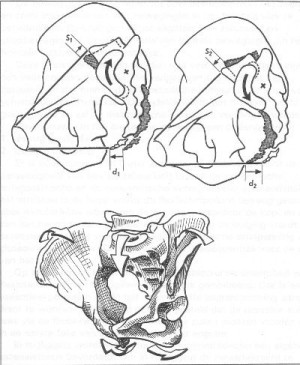
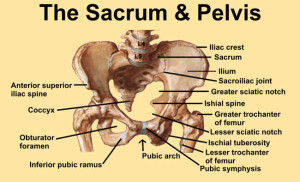
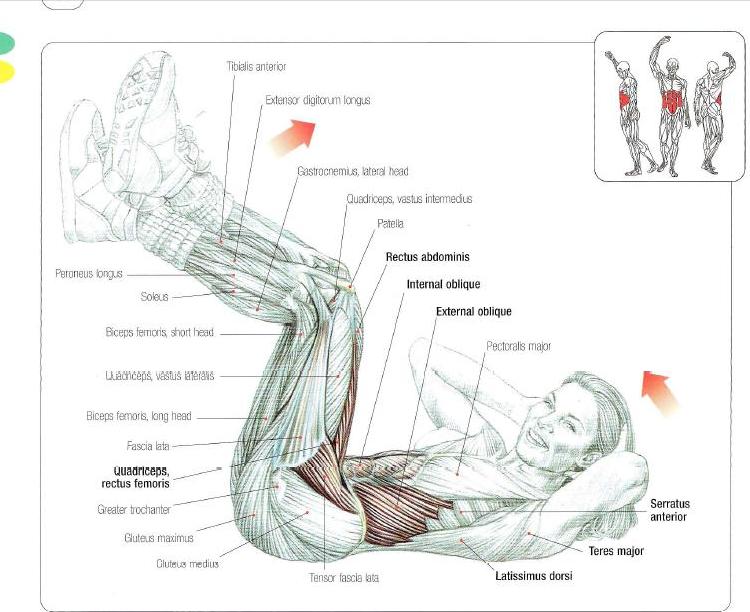

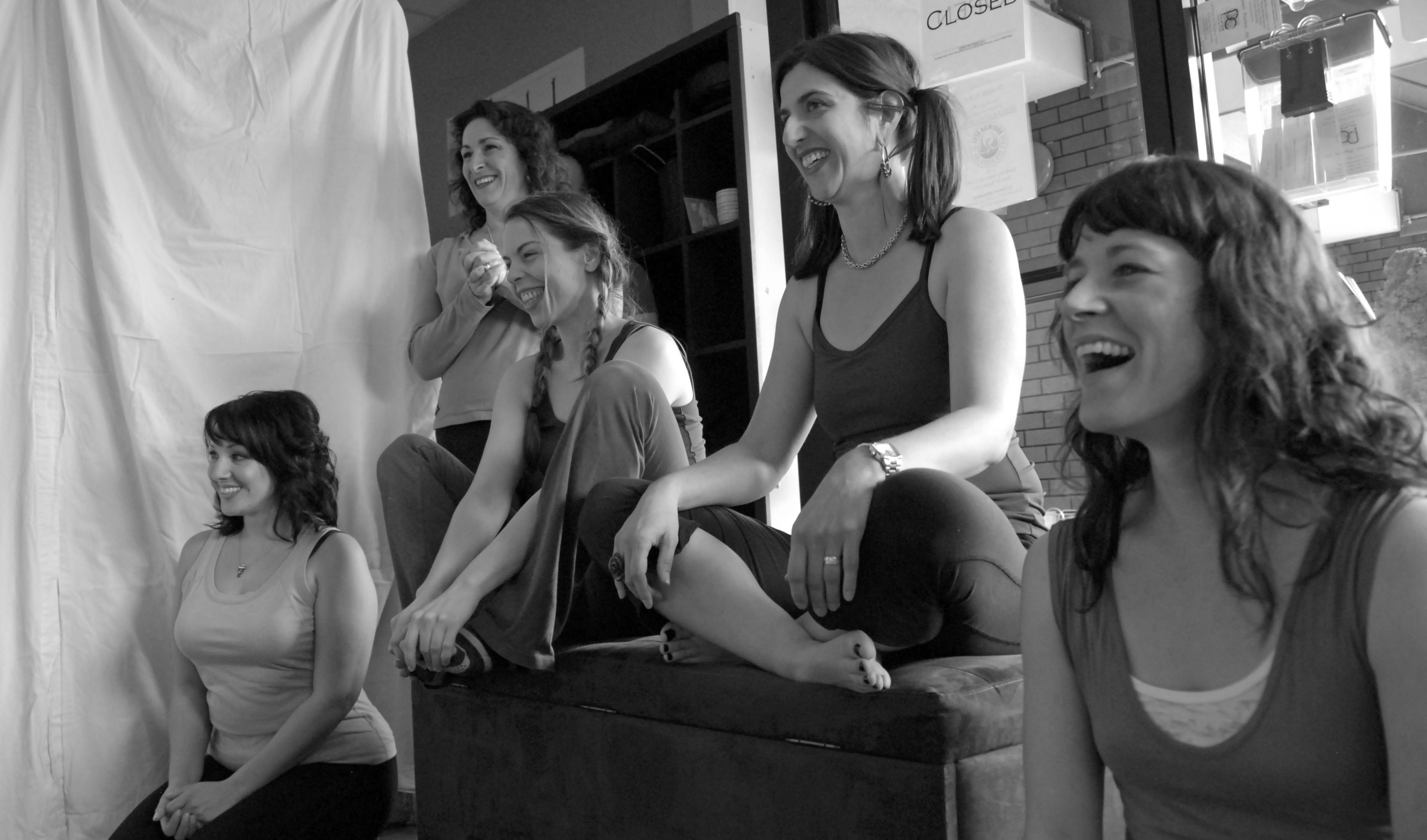
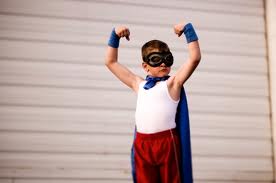
 How are you showing up? Why are you showing up? Why do you teach? What IS teaching? Why do you care? This is Skillful Teaching: A Whole-person approach to being an expert teacher, not an expert technician. There's a difference. Want to know what it is?
How are you showing up? Why are you showing up? Why do you teach? What IS teaching? Why do you care? This is Skillful Teaching: A Whole-person approach to being an expert teacher, not an expert technician. There's a difference. Want to know what it is?